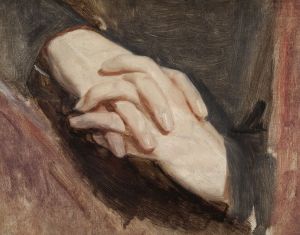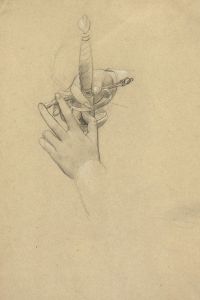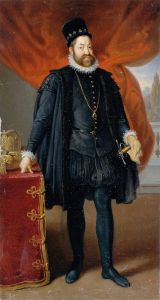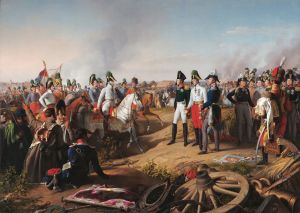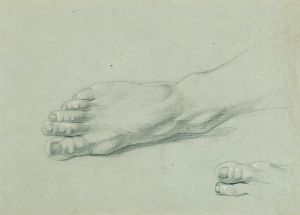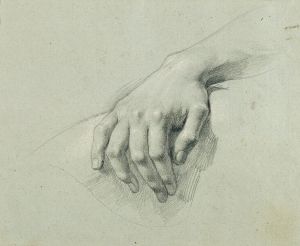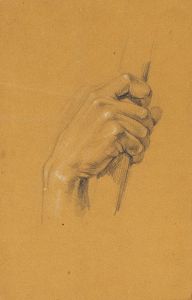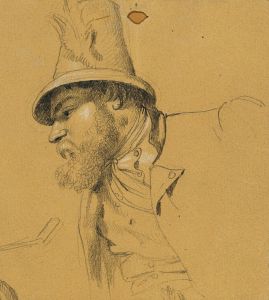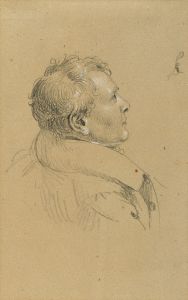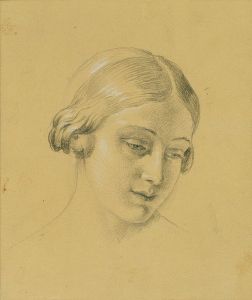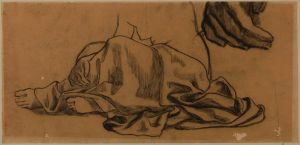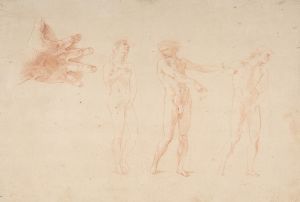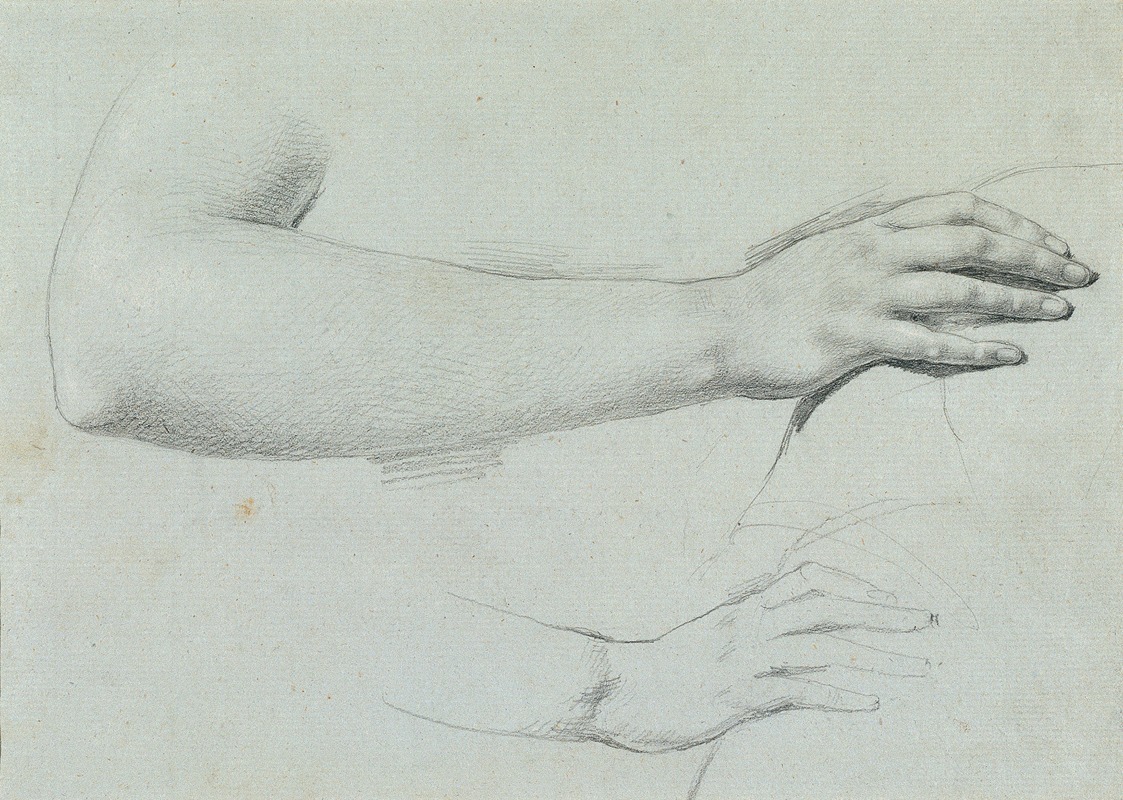
Handstudie zu ‘Arindal und Daura’
A hand-painted replica of Johann Peter Krafft’s masterpiece Handstudie zu ‘Arindal und Daura’, meticulously crafted by professional artists to capture the true essence of the original. Each piece is created with museum-quality canvas and rare mineral pigments, carefully painted by experienced artists with delicate brushstrokes and rich, layered colors to perfectly recreate the texture of the original artwork. Unlike machine-printed reproductions, this hand-painted version brings the painting to life, infused with the artist’s emotions and skill in every stroke. Whether for personal collection or home decoration, it instantly elevates the artistic atmosphere of any space.
Johann Peter Krafft was an Austrian painter known for his historical and genre scenes, as well as portraits. One of his works, "Handstudie zu ‘Arindal und Daura’," is a study piece related to a larger composition that Krafft was working on. This particular study focuses on the detailed depiction of hands, which are often considered one of the most challenging aspects of human anatomy to portray accurately in art.
Krafft was born on September 15, 1780, in Hanau, Germany, and later moved to Vienna, where he became a prominent figure in the art scene. He studied at the Academy of Fine Arts in Vienna and was influenced by the Neoclassical style, which was prevalent during his time. His works often reflect a meticulous attention to detail and a strong sense of realism, characteristics that are evident in his hand studies.
The study "Handstudie zu ‘Arindal und Daura’" is connected to a larger narrative or composition involving the characters Arindal and Daura. These names suggest a possible literary or mythological source, as Krafft often drew inspiration from historical and literary themes. However, specific details about the narrative or the larger work that this study was intended for are not well-documented.
Krafft's ability to capture the subtleties of human anatomy is showcased in this study. The hands are rendered with precision, highlighting the artist's skill in depicting the play of light and shadow on the skin, the intricate structure of bones and muscles, and the expressive potential of hands in conveying emotion and narrative. Such studies were common practice for artists of the time, serving as preparatory exercises to refine their technique and ensure accuracy in their final compositions.
Throughout his career, Krafft received numerous commissions and accolades. He became a member of the Vienna Academy and was appointed as a court painter. His works were highly regarded for their historical accuracy and artistic quality, contributing significantly to the cultural heritage of Austria.
While "Handstudie zu ‘Arindal und Daura’" may not be as widely recognized as some of Krafft's larger historical paintings, it remains an important example of his dedication to mastering the human form. Studies like this one provide valuable insight into the artist's process and the rigorous training that underpinned his more complex works.
Krafft's legacy is preserved through his contributions to the art world, particularly in the realm of historical painting. His works are held in various collections, including museums and galleries in Austria and beyond, where they continue to be studied and appreciated by art historians and enthusiasts alike.





